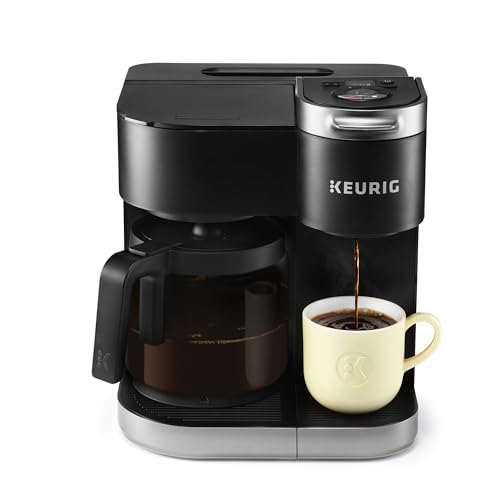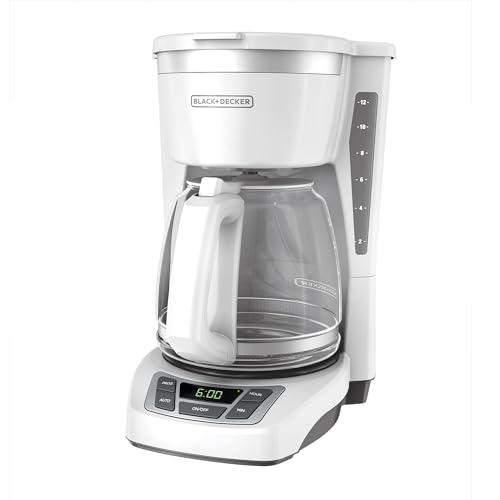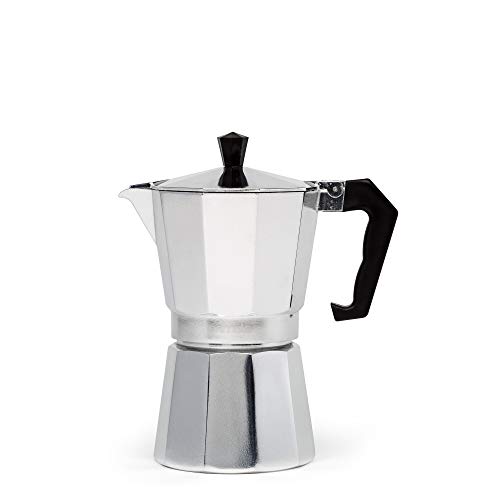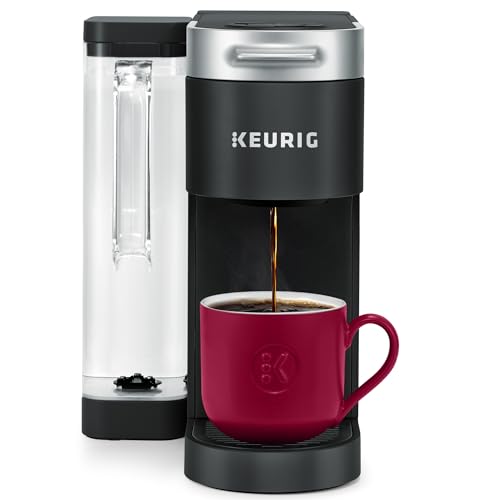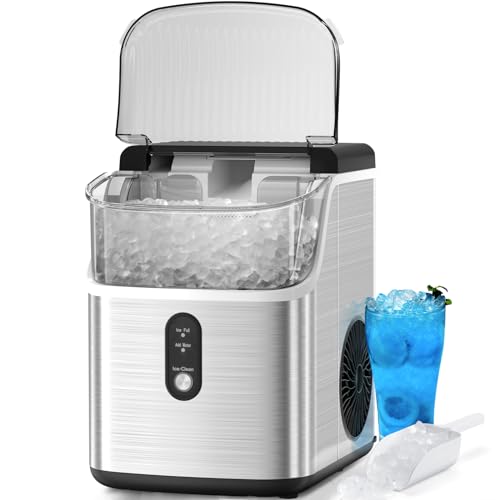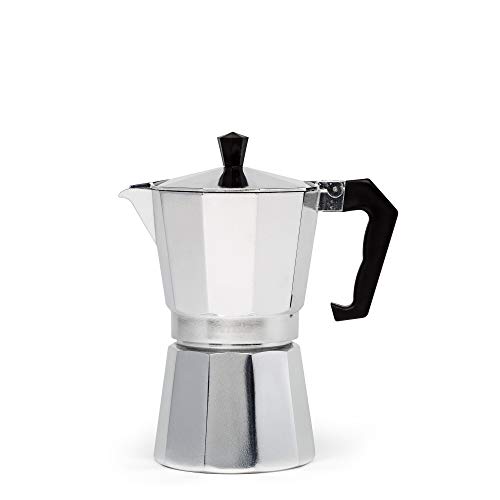A wine cooler plays an integral role in preserving the flavor, aroma, and quality of wine by creating an optimal storage environment. So, how does a wine cooler work? In essence, a wine cooler maintains a consistent temperature and appropriate humidity level, which are vital for the longevity and taste of the wine.
Unlike a standard refrigerator that cools food and drinks to a very low temperature, a wine cooler is specifically designed to keep wine at a higher, more suitable temperature range.
It also mitigates the risk of spoilage from heat, light, and vibration, thereby ensuring the wine matures properly.
In this captivating introduction, we will embark on a delightful journey to explore the intricate mechanics and mesmerizing functionality of a wine cooler. Discover the ingenious design and innovative features that make this appliance a must-have for wine enthusiasts.
Get ready to delve deeper into the world of wine cooling and uncover the secrets behind its impeccable temperature control and preservation capabilities. Join us as we unravel the fascinating tale of the wine cooler, where science meets sophistication.
How Does a Wine Cooler Work?
A wine cooler operates on a simple yet effective principle. Inside, it uses a thermoelectric system or a compressor similar to a mini fridge to maintain the desired temperature.
The choice between thermoelectric and compressor-based systems often depends on the specific needs and preferences of the user.
Thermoelectric systems, which leverage the Peltier effect, are quieter and vibrate less but struggle in warmer environments.
On the other hand, compressor-based systems are powerful and efficient, capable of cooling wines even in a hot climate, but they tend to be noisier and vibrate more.
The cooler is designed with a single or dual zone for temperature control, depending on the model.
Single zone coolers have one temperature control while dual zone coolers have two, allowing different types of wines to be stored at their optimal temperatures simultaneously. Furthermore, adjustable shelves allow for various bottle sizes to be stored.
To maintain the right level of humidity, which prevents the cork from drying out, some wine coolers incorporate a water reservoir. To protect the wine from harmful UV rays, the door is often made from smoked or tinted glass.
Finally, to minimize vibrations that can disturb the sediment in wine, the coolers are built with a solid, sturdy construction. By employing these mechanisms, a wine cooler creates an ideal environment to preserve and mature wine, replicating the conditions of a traditional wine cellar.
What Are The Types of Wine Coolers?
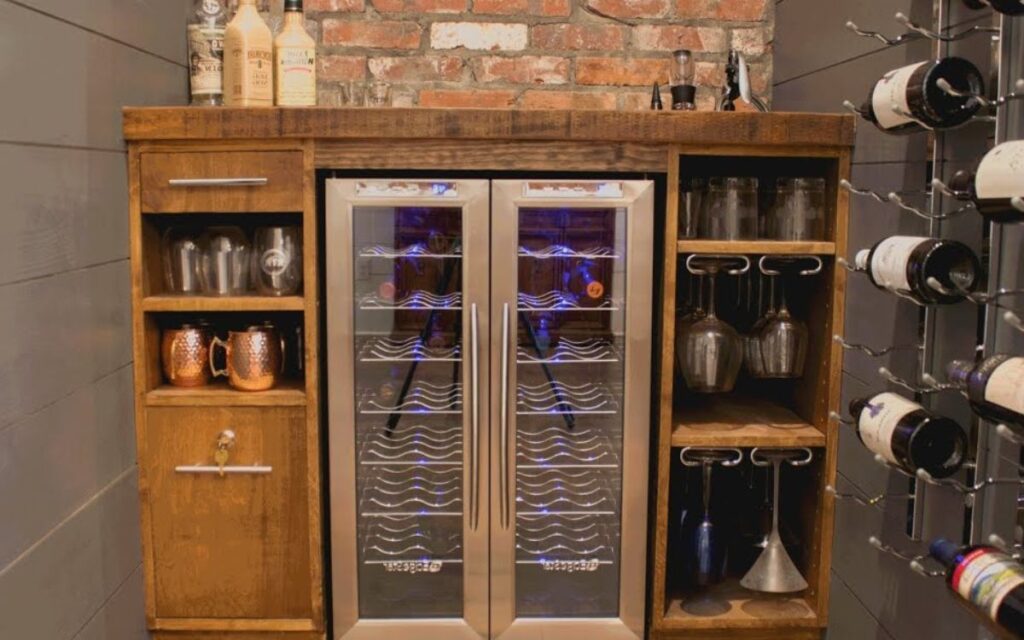
Wine coolers can be categorized into three main types based on their cooling mechanism: Thermoelectric Wine Coolers, Compressor-Based Wine Coolers, and Hybrid Wine Coolers.
Thermoelectric Wine Coolers
Thermoelectric wine coolers operate on the Peltier effect, where electricity is used to create a temperature difference. They are known for their quiet operation and minimal vibration, both critical aspects for wine preservation.
However, they may not perform as efficiently in warm environments or for large-capacity cooling needs.
Compressor-Based Wine Coolers
Compressor-based wine coolers use a mechanism similar to conventional refrigerators. They employ a refrigerant and compressor system, making them powerful and capable of reaching lower temperatures than their thermoelectric counterparts.
This makes them suitable for use in different climatic conditions and for larger wine collections. However, they may produce more noise and vibration, which could potentially disrupt the wine’s aging process.
Hybrid Wine Coolers
Hybrid wine coolers, as the name suggests, combine the best of both worlds. They utilize both a compressor and a thermoelectric system. When the ambient temperature is moderate, the thermoelectric system maintains the internal temperature, ensuring quiet, vibration-free operation.
If the ambient temperature rises, the compressor kicks in to provide effective cooling. This dual system offers flexibility and efficiency, adapting to the external environment to provide optimal wine storage conditions.
What are the Benefits of a Wine Cooler?
A wine cooler offers numerous advantages to wine enthusiasts, collectors, and connoisseurs alike.
One of the primary benefits is temperature consistency. Unlike typical refrigerators which are cooler and undergo frequent temperature fluctuations, a wine cooler provides a stable temperature environment ideal for wine storage.
It allows for precise temperature control, essential for preserving a wine’s flavor and aroma. Dual-zone coolers even offer the facility to store different types of wine at their respective optimal temperatures simultaneously.
A wine cooler also maintains a suitable humidity level, preventing the cork from drying out, leading to air entering the bottle and spoiling the wine. The tinted glass door shields wine from harmful UV rays that can degrade and prematurely age the wine.
Furthermore, the sturdy construction of a wine cooler minimizes vibrations, ensuring the sediments in the wine remain undisturbed.
The compact design of a wine cooler makes it a practical choice for those with space constraints. It can be conveniently installed in your kitchen, dining room, or entertainment area.
Adjustable shelves cater to different bottle sizes, enhancing storage flexibility. Lastly, having a dedicated wine cooler lends an air of sophistication to your home, impressing your guests and enhancing your wine drinking experience.
All these benefits make a wine cooler an invaluable investment for anyone serious about wine.
Tips On Buying Wine Coolers
When purchasing a wine cooler, there are several key factors to keep in mind. The type of cooling system is crucial. Thermoelectric systems are quieter and ideal for moderate ambient temperatures, while compressor-based coolers are more robust and effective in hotter climates.
Consider the size and capacity of the cooler. If you have a budding wine collection, opt for a larger model. For casual drinkers, a compact cooler would suffice.
Pay attention to the number of temperature zones. Single-zone coolers are effective for a uniform collection, whereas dual-zone coolers are perfect for storing varied types of wine at their optimal temperatures.
Look for coolers with adjustable shelves for flexibility in storing different bottle sizes.
Ensure the cooler is well-constructed to minimize vibrations which could disturb wine sediments.
Verify that the door is tinted or smoked to shield your wines from damaging UV rays.
Lastly, consider the aesthetics and the design of the cooler. After all, it’s not just an appliance but also a stylish addition to your living space.
From the perspective of convenience, look for a model that has a water reservoir for maintaining the right level of humidity, preventing the cork from drying out.
Final Thought
In summary, understanding how a wine cooler works can provide you with the knowledge needed to make an informed purchase and grant your wines the best storage conditions.
Whether it’s a thermoelectric cooler utilizing the Peltier effect for a quiet, vibration-free environment, a compressor-based cooler that employs refrigerant for effective cooling in hot climates, or a hybrid model that combines these mechanisms for versatility, each type serves a unique role in wine preservation.
These coolers maintain consistent temperature and humidity levels, protect your wine from harmful UV rays, and minimize vibrations that could affect the wine’s quality. Additionally, their compact design and adjustable shelves add to their practicality.
Thus, understanding “how does a wine cooler work?” is crucial to enhance your wine collection and take your wine drinking experience to a new level.
